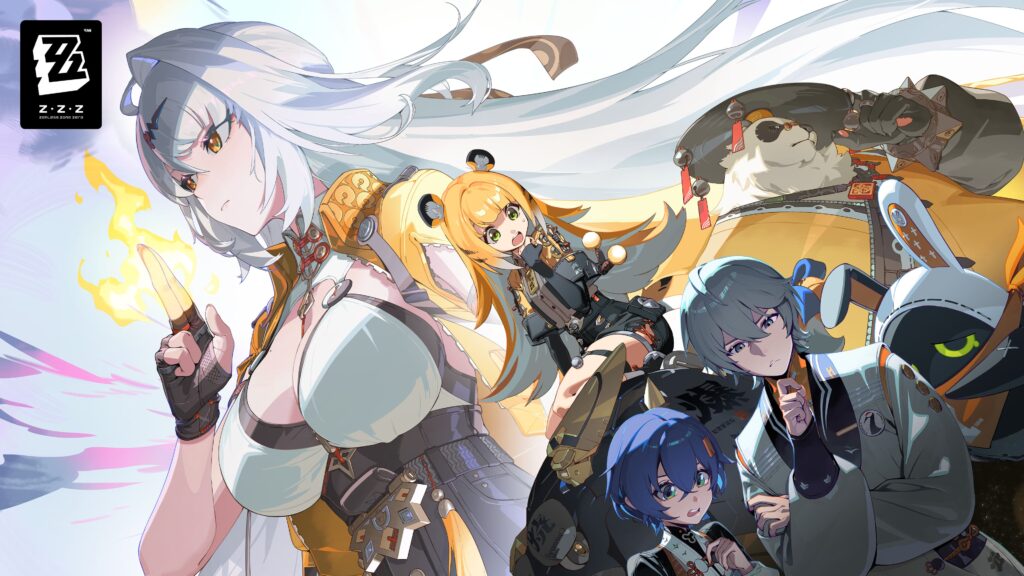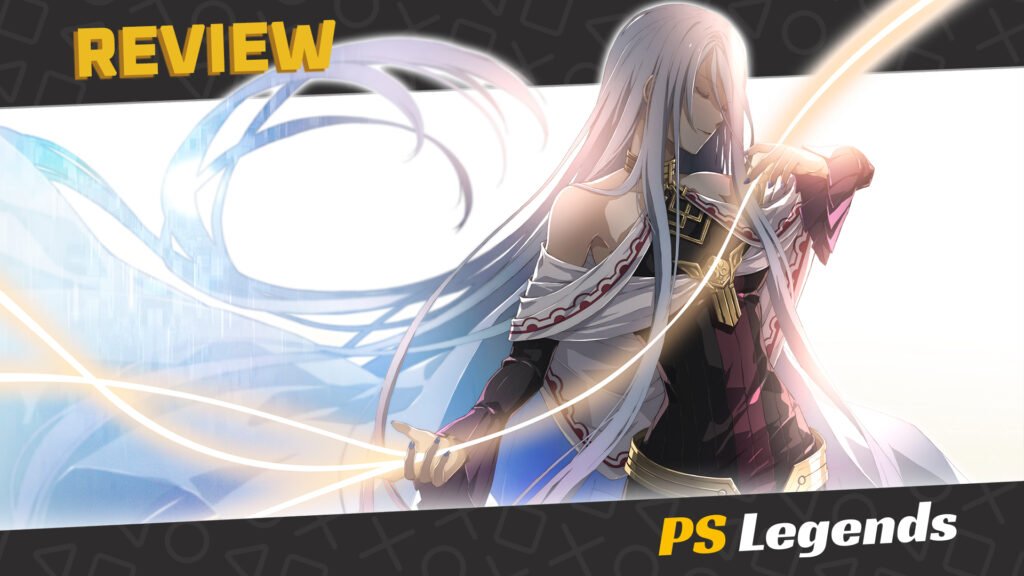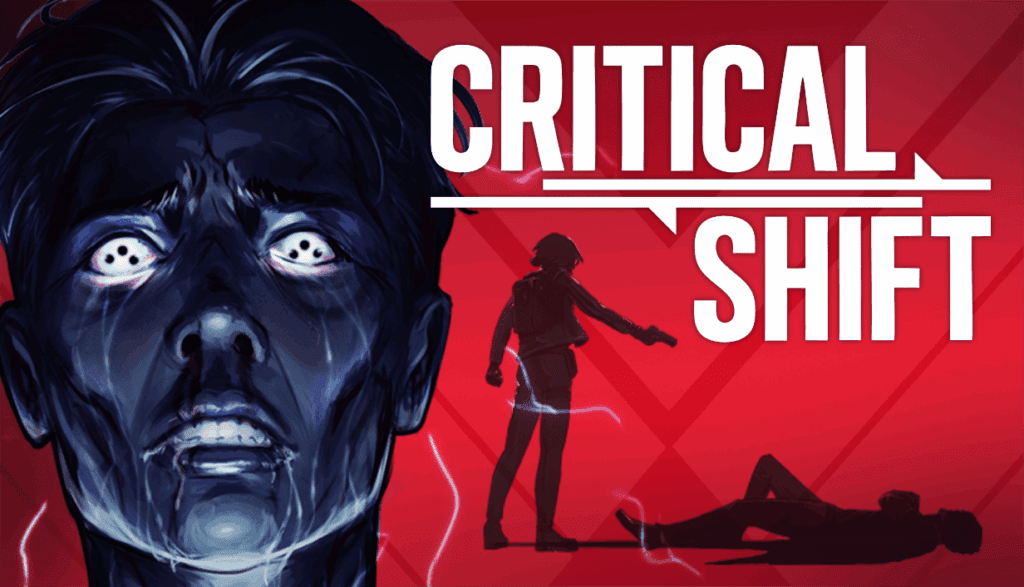Following the critically acclaimed Dragon Age Origins, Dragon Age II had much to live up to, as it would inevitably be compared to its predecessor’s greatness.
Dragon Age II, developed by Bioware, is a sequel that tends to elicit a complex response from fans of the series. At its core, Dragon Age II is a solid RPG, brimming with engaging combat, unique characters, and an intriguing story.
Compared to its predecessor, Dragon Age: Origins, it certainly falls somewhat short of the high bar previously set, failing to capture some of the depth and complexity that made the original so enchanting and memorable.
On This Page
Storytelling and Narrative
One of the most vital features of Dragon Age Origins was its utterly captivating storytelling and rich, immersive narrative.
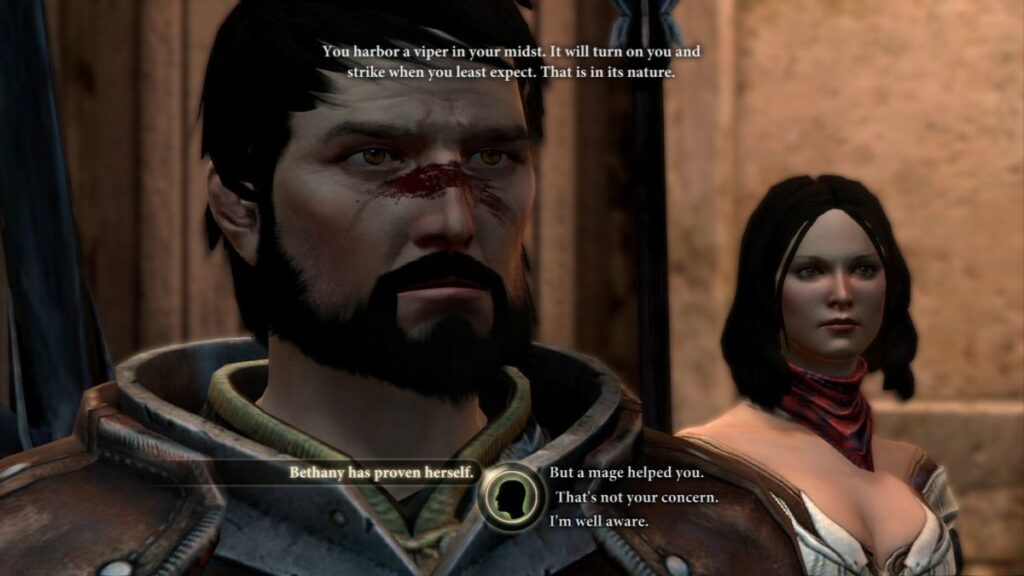
Unfortunately, for fans of the game, Dragon Age II fails to replicate this successfully. Unlike Dragon Age Origins, Dragon Age II primarily takes place in only one location: Kirkwall. The story of Dragon Age II covers a decade and chronicles the rise of the game’s protagonist, Hawke, who can be female or male, depending on player choice.
While admittedly, the concept of an epic tale unfolding over time is intriguing, the execution feels quite rushed and lacks the depth and complexity that defined the first game. Given that those developing the game were rushed to do so, it can explain why some corners were cut.
As a result of this rushed development process, the plot often feels somewhat disjointed, causing the pacing to suffer. Also, the lack of player agency in shaping the storyline negatively detracts from the overall experience, leaving many players feeling like passive observers rather than active participants, which is in deep contrast to how the majority felt while playing as the Grey Warden in Dragon Age Origins.
Still, with all that being said, the narrative in Dragon Age II remains its most substantial facet. It unfolds over a decade, presenting a character-driven narrative that follows the protagonist, Hawke, from refugee to Champion of Kirkwall. This narrative approach is refreshing, and the passage of time allows for character development and consequences that feel weighty.
Character Development
While Dragon Age: Origins was renowned for its deep and memorable characters, each of which possessed their own compelling backstories and motivations. Dragon Age II regrettably falls short in this regard as well. While it’s true that a few of the game’s characters do stand out, such as the sarcastic dwarf Varric and the brooding elf Fenris, the majority of the supporting cast comes across as feeling underdeveloped and one-dimensional. The game’s limited geographical scope, focusing primarily on the city of Kirkwall, sadly restricts the opportunities for meaningful interactions and character growth. As a result, the emotional investment placed in the characters is significantly less compared to those of the first game.
Morality System
The morality system in Dragon Age II is a welcome addition as it is more nuanced than in Origins, with choices often falling into a grey area rather than a clear-cut good or evil dichotomy. This leads to compelling moral dilemmas and provides consequences that impact the world and characters in significant ways. However, the impact of these choices is often not felt until much later due to the game’s timeline, which can make them feel less immediate and consequential.
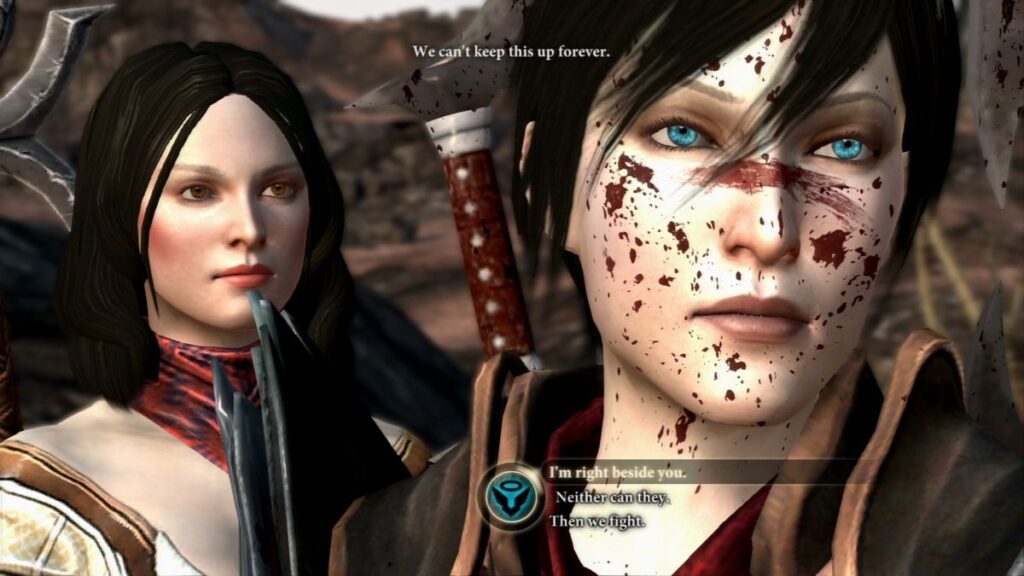
Dragon Age II also introduced a new rivalry/friendship system with companions, moving away from Origins’s simple approval/disapproval system. This system is one area where Dragon Age II has improved upon Dragon Age Origins as it brings a new layer of depth to companion relationships, as disagreements with Hawke can lead to a rivalry that is as meaningful and impactful as a friendship. This adds a realistic element to character interaction. However, it can also be confusing and counter-intuitive, as actions that might logically seem to improve a relationship can instead lead to rivalry.
Gameplay Mechanics
Regarding gameplay, Dragon Age II introduces a newly revamped combat system that emphasizes a more action-oriented approach than its predecessor. While this change may have appealed to some players, it inadvertently stripped away the tactical depth and strategic decision-making that made the combat in Dragon Age: Origins so satisfying.
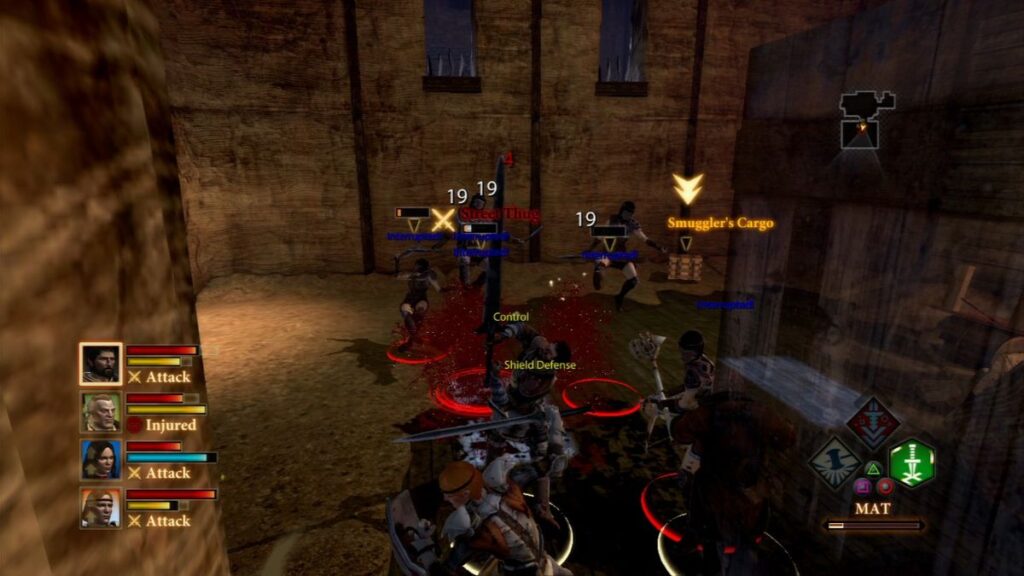
This has the adverse effect of causing the combat encounters in Dragon Age II to often devolve into mindless button-mashing, reducing the overall sense of challenge and accomplishment. Additionally, the abundant recycling of environments throughout the game gives the impression of repetitiveness and a lack of variety, further dampening the gameplay experience.
Regarding gameplay, Dragon Age II simplifies many of the RPG elements in Origins. The combat is faster, more action-oriented, and geared towards a wider audience. This streamlined approach makes the game more accessible to newcomers yet reduces the tactical depth that was a staple in Origins. The classes are still distinct, but the customization options are less extensive, which may disappoint fans who enjoyed the intricate character-building of the first game.
Technical Issues
One of the major criticisms of Dragon Age II on the PS3 is its technical performance. The game suffers from significant frame rate drops, graphical glitches, and long loading times, significantly hamper the overall immersion. These technical shortcomings not only disrupt the flow of gameplay but also serve as a constant reminder of the game’s rushed development and lack of polish.
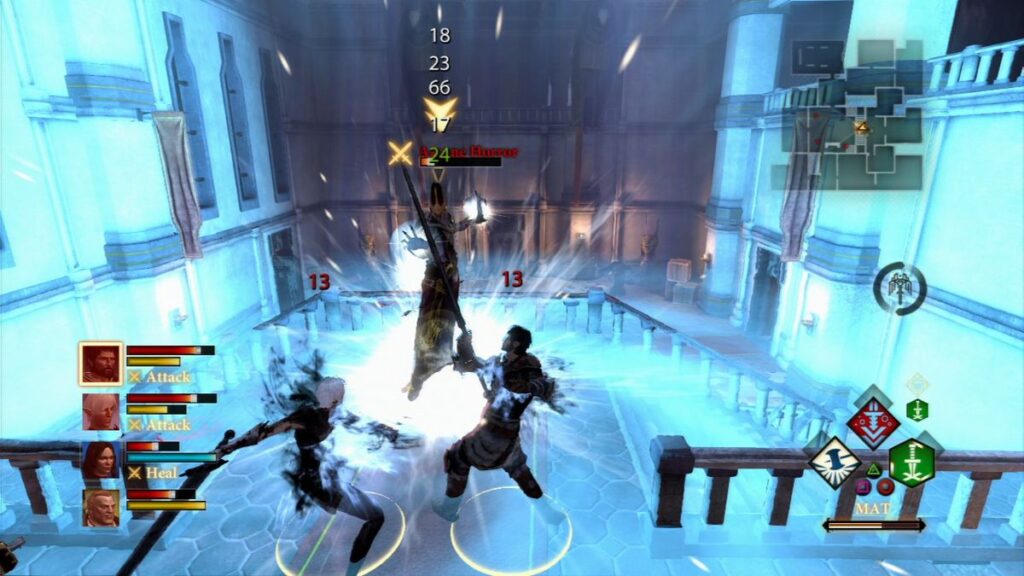
Art Design and Visuals
While Dragon Age II indeed features a distinct art style, in my opinion, it falls short of the visual splendour showcased in its predecessor. While detailed, the environments lack the diversity and grandeur of Dragon Age: Origins’ vast open landscapes. Additionally, while serviceable for the time, the character models and animations lack the same level of detail and realism, contributing to a less immersive experience overall.
While it boasts a more stylized, diverse aesthetic than Origins, which adds a unique flavor to the world, the game also suffers from a lack of environmental variety, owing to the reuse of assets. Dungeons, caves, and even some buildings in Kirkwall often feel too similar, leading to a sense of déjà vu that detracts from the immersive experience.
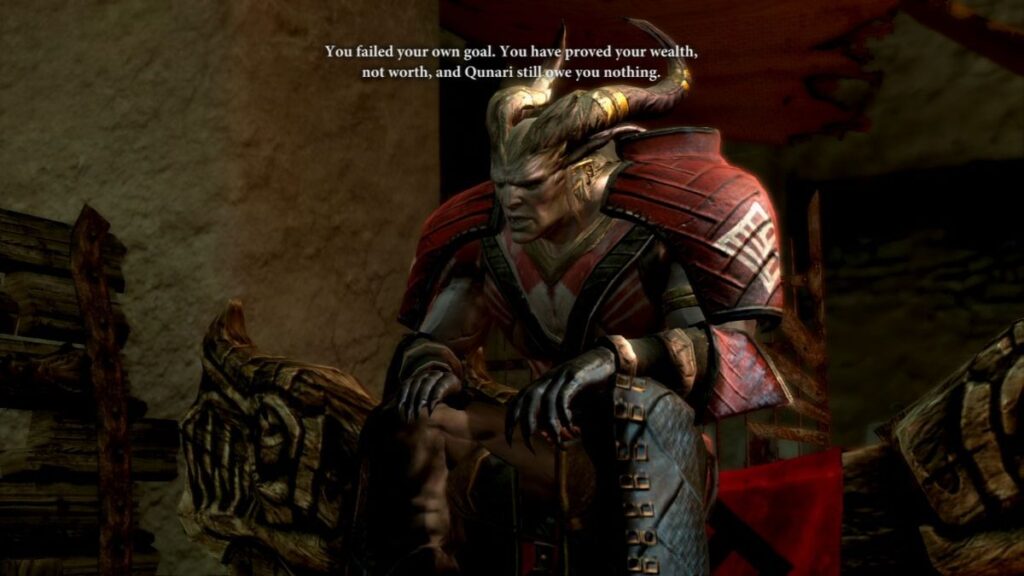
Dragon Age II DLC
Dragon Age II’s downloadable content (DLC) packs, such as “Legacy” and “Mark of the Assassin,” were generally well-received by players and critics as many felt they improved upon the base game in several ways thanks to their new environments, expanded lore, improved combat, additional character development, more choices and just the general amount of polish and refinement.
Conclusion
In conclusion, Dragon Age II on the PlayStation 3 is a flawed successor to the critically acclaimed Dragon Age: Origins. While it introduces some innovative ideas and attempts to explore the new narrative territory, it fails to capture its predecessor’s depth, complexity and overall quality. The rushed storytelling, underdeveloped characters, simplified combat mechanics, technical issues, and visual shortcomings all contribute to Dragon Age II falling short of its potential.

That being said, Dragon Age II is certainly not without its merits. Despite its narrative flaws, the central story of Hawke’s rise to power can still be engaging, and there are moments of genuine emotional impact. The sarcastic wit of Varric and the morally ambiguous decisions presented throughout the game add some much-needed depth and intrigue.
Furthermore, Dragon Age II successfully captures the gritty and politically charged atmosphere of the city of Kirkwall. The conflicts between mages and Templars, the rise of oppressive forces, and the exploration of themes such as power and prejudice provide a compelling backdrop for the narrative to shine.
Dragon Age II is by no means a bad game. It’s a testament to Bioware’s storytelling prowess and ability to create engaging relatable characters. But as a sequel to Dragon Age: Origins, it’s hard not to feel disappointed. For fans of the series, it’s worth playing for its narrative and characters. For newcomers, it’s an accessible entry into the Dragon Age universe. But for those seeking the depth and richness of Origins, Dragon Age II might not hit the mark.
Ultimately, Dragon Age II is a game that polarizes fans of the series. While it may not live up to the high standards set by Dragon Age: Origins, it still offers a decent RPG experience with its own unique merits. If approached with tempered expectations and an appreciation for its strengths, such as its exploration of complex themes and moments of genuine emotional impact, Dragon Age II can still provide an enjoyable experience for fans of the franchise and can help to whet the appetite for its sequel, Dragon Age Inquisition.
Joys
- A strong narrative
- Well-fleshed-out characters
- Introduces a new rivalry/friendship system
- The DLC on offer is enjoyable
Cons
- Recycled environments
- The PS3 version has been known to suffer from technical issues such as frame rate drops
- Simplified RPG elements
- Linear story

